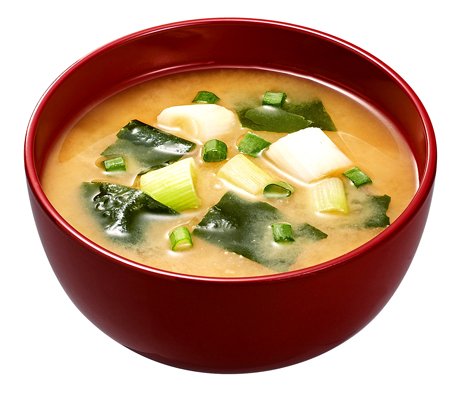I was in my local Trader Joe's looking for one of my all time favorite snacks, "Oriental Rice Crackers." When the cashier asked,"Did you find everything you're looking for?" I responded,"You know, I couldn't find the Oriental Rice Cracker snack." He rang and called out,"Two bells!" - code for customer can't find random item they don't need. The courier came to answer the request but explained that the item has been discontinued. Bummer.
The name rings with gastronomical cultural misappropriation, and I've always known of this snack as "Oriental Rice Crackers" though the snack originates in Japan. When I was a child, I'd sit watching afternoon cartoons with my Taiwanese neighbors snacking on these sweet, crunchy, savory delights; I even had my mother going to international stores buying them for me. They are easier to find now (Costco has their own Kirkland variety too), but the convenience of having them readily available at Trader's was a binge snacker's dream.
To the naysayers of sushi or anything enrobed in seaweed, you'd be surprised that you've probably eaten it unknowingly. Carrageenans and agar are seaweed extracts that are used as thickening agents in things from toothpaste to ice cream to skin creams. Yum!
Over the past few years, seaweed has entered the "super food" craze, where you can easily find roasted seaweed packs in your regular grocery stores aisle. So why has it entered the super food realm? For starters, seaweed is rich in iodine, which is essential in regulating thyroid hormones. Our bodies need iodine in order to properly regulate thyroid hormones. Often, the foods we eat aren't rich in the element. If you've switched out regular table salt for fancy pink himalayan or hawaiian smoked black sea salt, you've most likely lost your iodine source. In the 1920, the government mandated iodine be added to table salt. This was to reduce the problem of hypothyroidism, a condition in which the thyroid gland doesn't produce enough thyroid hormone. Even moderate hypothyroidism symptoms can include fatigue, muscle weakness, and even worse, goiters (the swelling of the thyroid).
If you're not so interested in this high impact iodine food, yogurt and strawberries have iodine too, just not in the same quantity.
Seaweed's other health benefits include being a source of potassium and calcium. In addition, the introduction of seaweed can balance acidic diets, since it is a good source of magnesium. Many of the foods we eat are either very acidic or when our body breaks them down, they create acidic compounds, so the introduction of seaweed can keep our diet pH in check. Also, research suggests seaweed can also help regulate estrogen and estradiol levels.
There are three types of seaweed: red, brown, and green, all belonging to the algae family. My favorite cracker in the mix is wrapped in nori, the type of seaweed used to wrap sushi (red algae).
When you order miso soup, the delicate dashi is prepared with dried kelp (brown algae).
If the idea of eating seaweed is still strange, spirulina (green algae) supplements are an excellent source of a complete protein, containing all the essential amino acids needed for your diet.



Kids snacked on seaweed in Korea ALL the time. I actually saw it in Trader Joes the other day and thought about buying some for Jimmie. We have been trying to give him more salty snacks so he would drink more water!
ReplyDeleteI've had the Trader Joe's one; it's not too salty. It kind of has an oily residue, I guess because it's roasted, but not has oily as a chip. I went to a Korean store and bought individual packs of nori, teriyaki flavored.
Delete